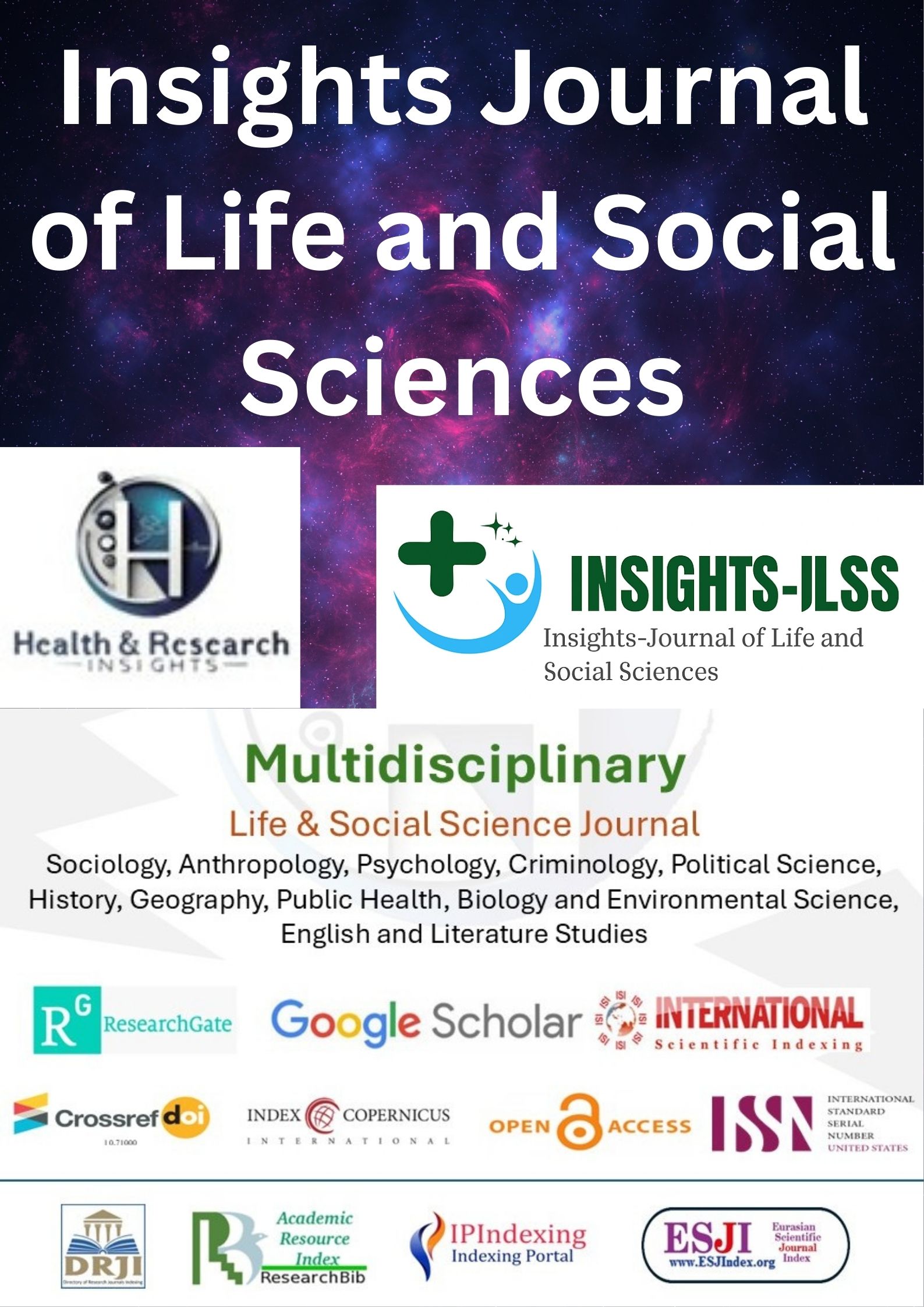AI-AIDED SURVEILLANCE OF ANTIBIOTIC RESISTANCE TRENDS IN DENTAL AND ENT OUTPATIENTS
Main Article Content
Abstract
Background: Antibiotic resistance poses a critical challenge to public health, particularly in outpatient settings such as dental and ENT clinics, where empirical prescriptions are common and laboratory-based surveillance is limited. In regions with high antibiotic misuse, resistance rates are accelerating, creating an urgent need for data-driven stewardship strategies.
Objective: To assess antibiotic resistance patterns in dental and ENT outpatients using artificial intelligence-assisted surveillance, and to evaluate the model's predictive capacity in guiding empirical antibiotic use.
Methods: A cross-sectional study was conducted over eight months at dental and ENT outpatient departments in Lahore, Pakistan. Clinical samples (n=346) were collected and analyzed for pathogen identification and antibiotic susceptibility using CLSI-standard methods. Resistance data were analyzed using a Random Forest machine learning model to predict resistance trends. Statistical analyses included chi-square tests and logistic regression, assuming normal data distribution.
Results: Five predominant pathogens were identified, with Streptococcus pneumoniae (26.6%) and Staphylococcus aureus (22.5%) being most common. High resistance rates were observed for amoxicillin-clavulanate (38–67%) and azithromycin (36–53%). The AI model achieved an overall predictive accuracy of 86.7%, correctly predicting resistance in 71.7% and susceptibility in 15% of cases. Resistance patterns aligned with global trends, indicating widespread misuse of first-line antibiotics.
Conclusion: This study emphasizes the utility of AI in enhancing surveillance and supporting clinical decision-making in outpatient settings. AI-assisted systems offer scalable solutions to bridge diagnostic gaps and combat rising resistance, particularly in low-resource environments.
Article Details

This work is licensed under a Creative Commons Attribution-NonCommercial-NoDerivatives 4.0 International License.
